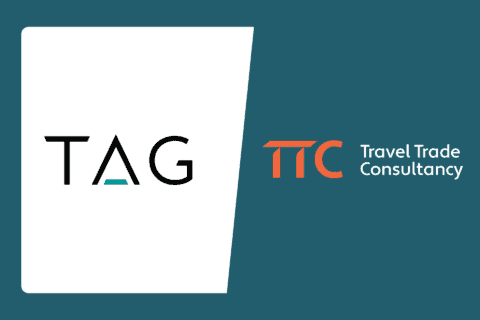It’s an understatement to say that the last couple of years have been tough for the travel industry. Bookings have been almost non-existent, refunds and credit notes have been abundant. But while things are now looking up, we should still be aware of possible risks.
While bookings are almost back to pre-pandemic levels, we shouldn’t take anything for granted. So, it may be sensible to look at a list of risks on the road to recovery – and five actions you can take to minimise them.
Geopolitical risks
For the most part, people in this country are putting the war in Ukraine to the back of their minds and carrying on with their lives. Many are holidaying abroad again to seek out more reliable weather. However, while demand is getting back to ‘normal’ the geopolitical situation could change quickly and needs to be monitored closely.
Foreign currency risk
Since the pandemic began the pound has fallen 19% compared to the US Dollar. Many companies still hold foreign currency refunded from suppliers over the pandemic and some suppliers are hanging on to credits. This sounds like a good thing for you, but as the situation unwinds pricing strategies will change. The rollout of future bookings needs to be managed carefully and risks carefully assessed.
Merchant acquirer risk
Over the last two years, relationships with merchant acquirers have been challenging. While confidence among this group has started to return, they’re hedging their risk through mechanisms such as deferred settlement terms and rolling reserves. Not to mention higher fees introduced in the supply chain. However, acquirers who understand that travel businesses have other forms of financial protection are offering some favourable terms.
Regulatory risk
Regulators have expressed concerns about businesses relying on customer monies and having a weakened balance sheet through the pandemic. This has led to a tightening of financial assessments and extra security being required. Security for which there used to be an insurance market in most cases. If terms can’t be met then a trust or escrow arrangement may be put in place, but that also squeezes finances. All of this means businesses have to explore all options on the table to bounce back.
While these are some of the key risks, our list could also include others such as supply chain pressures, credit risk and disrupted operations, reminding us that Covid is still knocking on the door.
Top tips for mitigation
- Document your risks. If you don’t know what they are you can’t deal with them. A risk tracker / dashboard can work wonders.
- Evaluate each risk. Is it likely to happen and how will it impact your business?
- Understand what’s possible. Can you reduce the risk, transfer it using insurance, or simply accept/avoid it?
- Be proactive. A risk can evolve, so by not rushing things you might find it becomes an opportunity.
- Use real-time information. Today’s technology means information can be instantly visible, helping you make the right decisions at the right time.
If you’d like tailored information on your particular risk challenges, please get in touch. We’d be delighted to help.
Join our newsletter
If you enjoyed this post, why not sign up to our newsletter? Get our latest blog posts, industry updates and exclusive content.
Sign up


